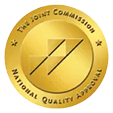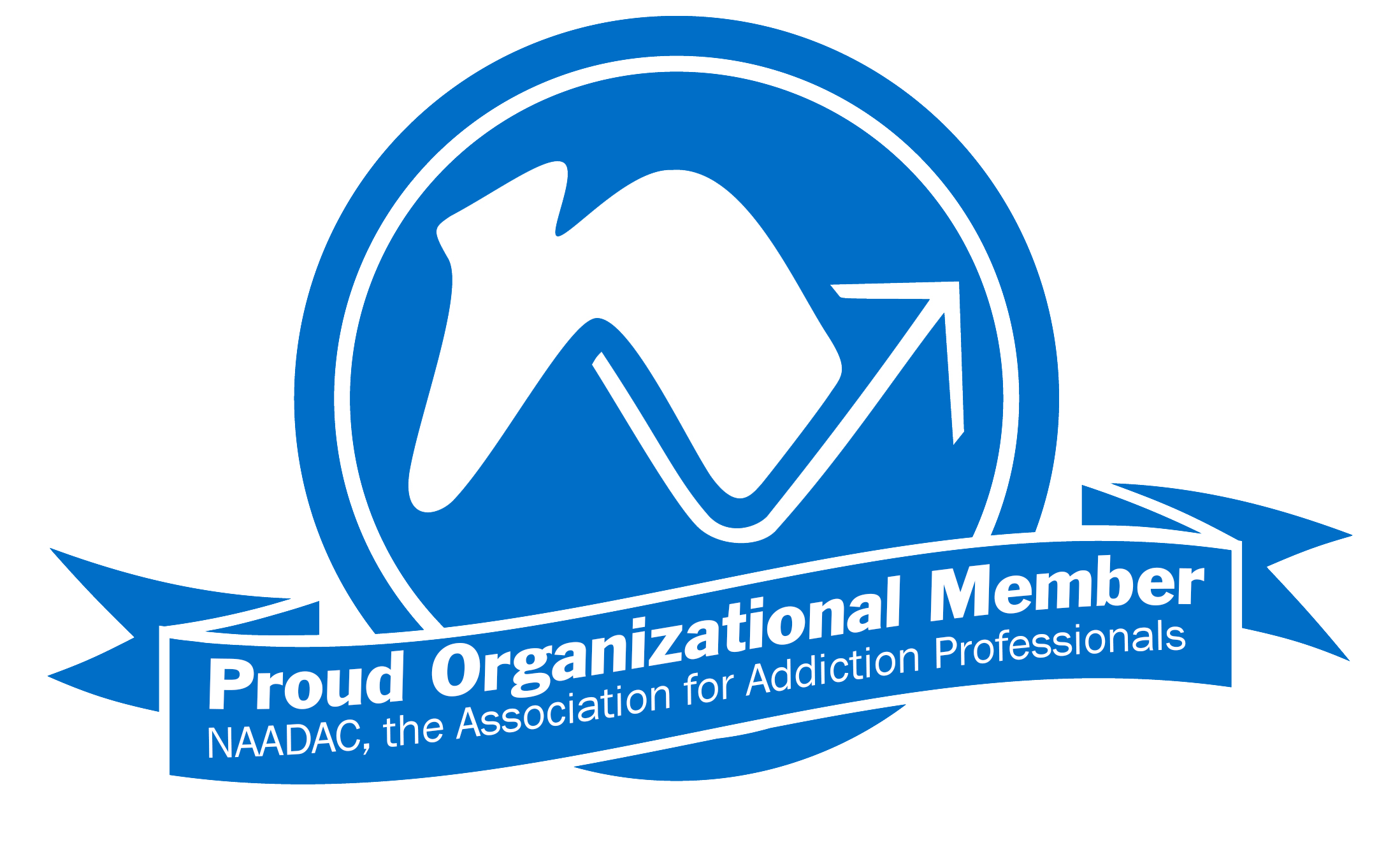The effects of post-traumatic stress disorder (PTSD) are often associated with military personnel who have seen action in combat. While this segment of the population certainly experiences a high level of PTSD, the condition also impacts those in healthcare quite frequently. Recognizing and treating PTSD in medical professionals is critical for the health of doctors, nurses, and others who experience traumatic events in their daily work.
PTSD Roots and Symptoms
The American Psychiatric Association (APA) describes PTSD as occurring in someone who has experienced or witnessed a traumatic event, which could be a natural disaster, a serious accident, a terrorist act, war or combat, rape, or other violent personal assault. In addition, an overworked or unfulfilled physician could experience traumatic stress, also known as burnout, that could lead to PTSD.
Healthcare professionals are potentially exposed to psychosocial and physical hazards, which includes traumatic events. When the physician, nurse, or other medical professional is affected by these events, that is considered normal. When the thoughts or memories of these events start to significantly affect the person long after the trauma occurred, there may be an issue with PTSD.
PTSD symptoms are categorized as:
- Intrusive thoughts – re-occurring dreams or flashbacks
- Avoidance – steering clear or activities or situations that trigger distressing memories
- Negative thoughts – guilt, shame, or anger
- Arousal and reactive symptoms – being easily startled or agitated
Medical Professionals Susceptible to PTSD
Researchers have found that the prevalence of PTSD in physicians is 14.8%, higher than the rate for the general adult population (3%-4%) and slightly lower than the rate for those who have been traumatized by war or torture (20%-45%).
Psychiatrist Arthur Lazarus, MD, MBA, writing in The Journal of Medical Practice Management, identified five types of physicians that are particularly prone to developing PTSD:
- Emergency physicians, who may develop PTSD because they frequently treat trauma victims.
- Physicians practicing in underserved and remote areas, who are often stretched too thin, with insufficient resources.
- Physicians in training (i.e., medical residents), who may be ill-prepared for traumatizing experiences, such as witnessing a patient die.
- Physicians involved in malpractice litigation, who develop PTSD as a result of a lawsuit. There’s even a name for it: medical malpractice stress syndrome.
- Physicians who are “second victims” (i.e., those who witness someone else, such as a patient, go through trauma)—these physicians may be traumatized themselves, along with feelings of guilt or helplessness, by witnessing a patient’s poor outcome.
Additional studies have shown that approximately 18% of nurses, 15%-17% of emergency physicians, and 11.9% to 21.5% of emergency medicine residents meet the diagnostic criteria for PTSD.
Recognizing the Need for Treatment
The research studies that found such a high rate of PTSD among medical professionals also discovered that very few sought professional help for treating the condition. When PTSD is not treated, it can exacerbate an already challenging situation. The symptoms of PTSD can be managed but without treatment the condition can last longer or get worse. PTSD can be associated with related health conditions, including:
- Anxiety
- Depression
- Personality disorder
- Obsessive compulsive disorder (OCD)
- Substance abuse or an addiction
There is often a direct link between trauma and substance abuse. PTSD is a common diagnosis among those who are experiencing drug or alcohol addiction.
Treatment Options
A PTSD treatment strategy must address your specific needs as a medical professional. The causes of your PTSD are probably different than those of a service member or fire fighter, for example. Likewise, your symptoms may manifest differently in your line of work in healthcare.
Therapy is a common treatment for PTSD. Types of therapy can include:
- Psychotherapy or talk therapy
- Cognitive behavioral therapy
- Relational therapy
- Play therapy
- Exposure therapy
- Group therapy
At Providence Treatment, we use trauma therapy methods that involve best practice strategies:
- EMDR (Eye Movement Desensitization and Reprocessing), a form of psychotherapy
- Prolonged exposure therapy, a form of behavior therapy and cognitive behavioral therapy designed to treat PTSD
- Cognitive processing therapy, a manualized therapy to help you recover from PTSD
- Stress reduction strategies through mindfulness, exercises and techniques to train you to respond to stressful situations “mindfully.”
Contact Providence Treatment for Help with Recognizing and Treating Your PTSD
In trauma therapy, you can heal any wounds that contribute to your substance abuse. At Providence Treatment, we help medical professionals like you find your own sustainable path of recovery from trauma and addiction. Contact us to learn more about our holistic approach to PTSD and addiction treatment.









